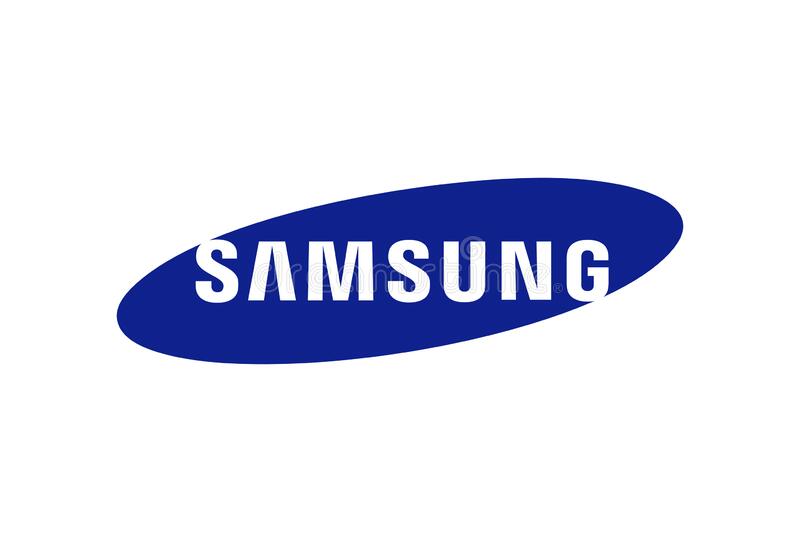Introduction
Samsung Group is one of the important electronics manufacturing companies in the world, it helms from South korea and plays a big role in the South korean economy. The business Model of Samsung involves its business model, Revenue model, its competitors and SWOT Analysis. The Samsung Group is a South Korean multinational manufacturing conglomerate headquartered in Samsung Town, Seoul, South Korea.

Samsung was founded by Lee Byung-chul in 1938 as a trading company. Over the next three decades, the group diversified into areas including food processing, textiles, insurance, securities, and retail. Samsung entered the electronics industry in the late 1960s and the construction and shipbuilding industries in the mid-1970s; these areas would drive its subsequent growth.
Samsung industrial affiliates include Samsung Electronics (the world’s largest information technology company, consumer electronics maker and chipmaker measured by 2017 revenues), Samsung Heavy Industries, and Samsung Engineering and Samsung C&T Corporation (respectively the world’s 13th and 36th largest construction companies). Other notable subsidiaries include Samsung Life Insurance (the world’s 14th largest life insurance company), Samsung Everland (operator of Everland Resort, the oldest theme park in South Korea) and Cheil Worldwide (the world’s 15th largest advertising agency, as measured by 2012 revenues).
Samsung has a powerful influence on South Korea’s economic development, politics, media and culture and has been a major driving force behind the “Miracle on the Han River“. Its affiliate companies produce around a fifth of South Korea’s total exports. Samsung’s revenue was equal to 17% of South Korea’s $1,082 billion GDP in 2013.
Business Model
Samsung decided to diversify to other business areas, such as securities, insurance, and retail businesses. Over the years, the organization has expanded from a small company to a global one. To continue to increase the level of success, economic growth and stability must be maintained well. Electronics Samsung is a critical area of Samsung’s business plan. Electronics became the centre of the firm. TV, VCR, PC, and tape recorders were developed.
The age group of buyers from Samsung items is usually the cellular focus of Samsung customers as they are usually interested in innovation.
The products and services Samsung offers are –
|
|
|
|
|
|
|
|
Revenue Model
Having its presence in dozens of markets, the global revenue made by Samsung Electronics over the decade is not small. Samsung Electronics observed a global revenue of around 237 trillion South Korean won in 2020 which accounts for approximately 200 billion U.S. dollars.
Quality high technology products at a reasonable price are one tactic Samsung firmly complies with. The unique selling proposition for Samsung is mostly in the quality of their products, conjoined with the high tech implanted into the electronic products and reasonable price range. Samsung has been more competitive because of its low-cost structure, its aptitude for adaptation to economic events. Being present in so many product categories, Samsung follows a variety of pricing tactics.
Competitors
Samsung’s notable competitors include
SWOT Analysis
Strengths
- Largest Product Line: Samsung has the largest product line of smart phones, smart phones, TV / audio / video, cameras, camcorders, home appliances, laptops, peripherals, printers, memory cards and other accessories.
- Market Share: Samsung maintains substantial market share in most product categories
- Ecologically Friendly Technologies: Samsung, with its environmentally friendly products, has strengthened its brand image. It earned its ranking at 9th spot in the EPA ‘s 2016 Green Power Partner list of Top 30 Tech and Telecom firms. Samsung was also awarded an ENERGY STAR Partner Award for Environmental Protection.
- Asian market power: Samsung maintains leadership in Asian markets , particularly India and China. Both the business markets of India and China are greatly rising.
- Technology: In terms of interface features and technology Samsungs is the best. It was the first to launch dual-screen mobiles, 65k colour TFT / LCD phones, first polyphonic ringtone phones, revolving lens phones, thinnest and lightest note pads, etc.
- Brand Image: Samsung brand image rose in the past three years by 80 percent.
Weaknesses
- Decline in mobile sales: After 2017, Samsung has witnessed a downturn in smartphone sales. A similar trend was followed in China because of the Chinese market’s price sensitivity.
- Product defects: Any product that places customers’ lives at risk erodes faith and interest in the brand. From the exploded Samsung Galaxy A20e to a faulty foldable tablet, Samsung has shipped many flawed items to the market.
- Bribery Controversy: In 2015, the credibility of Samsung was compromised by the announcement that the company’s chief bribed the South Korean government to facilitate a merger. He was found guilty and incarcerated until Feb. 2018 for almost one year, which weakened public interest in South Korea and around the world.
- Samsung is a pioneer in electronics, but it has so much dependency on tech from other groups.
- Online retailers providing a wide variety of items provide excellent prices because they do not bear costs in the sales channel.
Opportunities
- Triple Protection Proposal: Samsung is planning to launch its latest air conditioning device called the ‘Triple Protection Proposal’ which combines cutting-edge technology and impeccable design. The item is directed towards a target consumer base that will guarantee full retention of consumers.
- HR Management: If Samsung spends in its HR management, it will make remarkable transformation achievements. It would not only be beneficial for its revenues, but also give it negotiating advantage over its competitor.
- Introduce Creative Devices: The technology market is extremely diverse and in a moment the new innovations go out of control. By creating the trend with great and creative products such as the fordable phone, Samsung can achieve tremendous growth.
- 5G Technologies: Samsung has the potential and know-how to harness the ability as the world transitions to 5G. The business is currently in intensive contractual negotiations to sell 5 G and 6 G network infrastructure to operators in the EU.
- There are potential plans for the introduction of personalized products for the Indian market for Samsung phones and home appliances.
- The population of young Indians is increasing, and cell phone revenues are projected to rise due to lower call rates
Threats
- Controversies over patent infringement: Samsung has been embroiled in controversies that have affected its business. Its competitor Apple filed a case against Samsung for patent violations that went through a heated legal battle for seven long years before a settlement was eventually reached.
- Increased Competition: Competition from opponents has reached a record level , especially from those in the consumer electronics, digital devices, and computing industries. If it’s Xiaomi, Apple or Huawei, all the competitive rivals are maneuvering and outperforming each other to become the best company in technology. This further puts the burden on Samsung, both in terms of competitiveness and financing.
- Legal and regulatory challenges: With the environment becoming more globalized and technologically focused, political agencies have started to release directives that are growing legal and regulatory challenges to businesses around the globe. Samsung is no exception to such requirements.
- Economic instability: Recent developments have catalyzed global market instability and led to a 20.2% fall in new smartphone revenues in Q1 2020.
- Samsung has a wide range of product lines, failure of one product line would influence the other and lead to dilution of the brand
Conclusion
The several elements of the company are analyzed to improve the understanding of the benefits of product development, customer service, and supply chain management. Implications of the use and evaluation of the new business model, taking account of this organization’s demands and needs.




